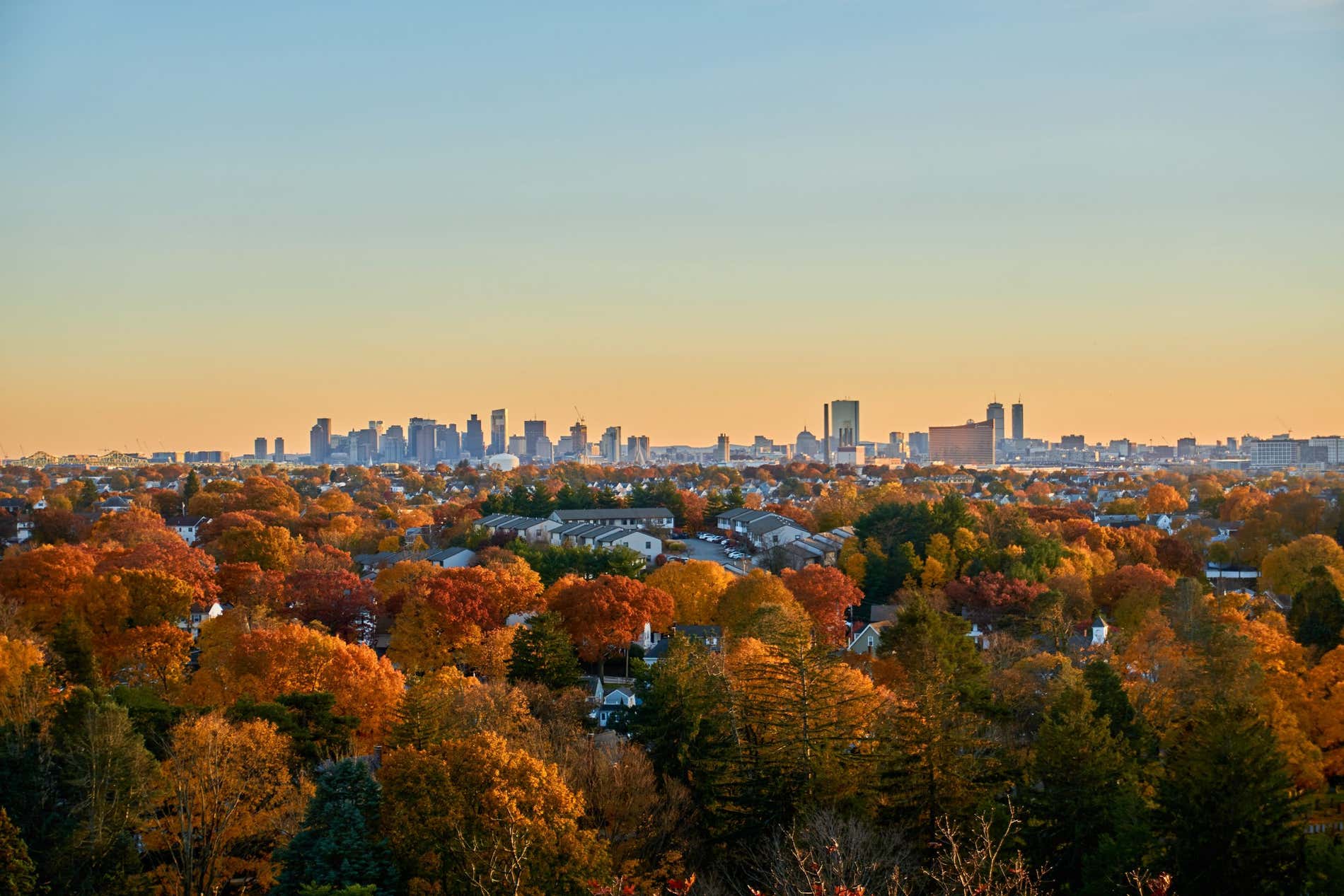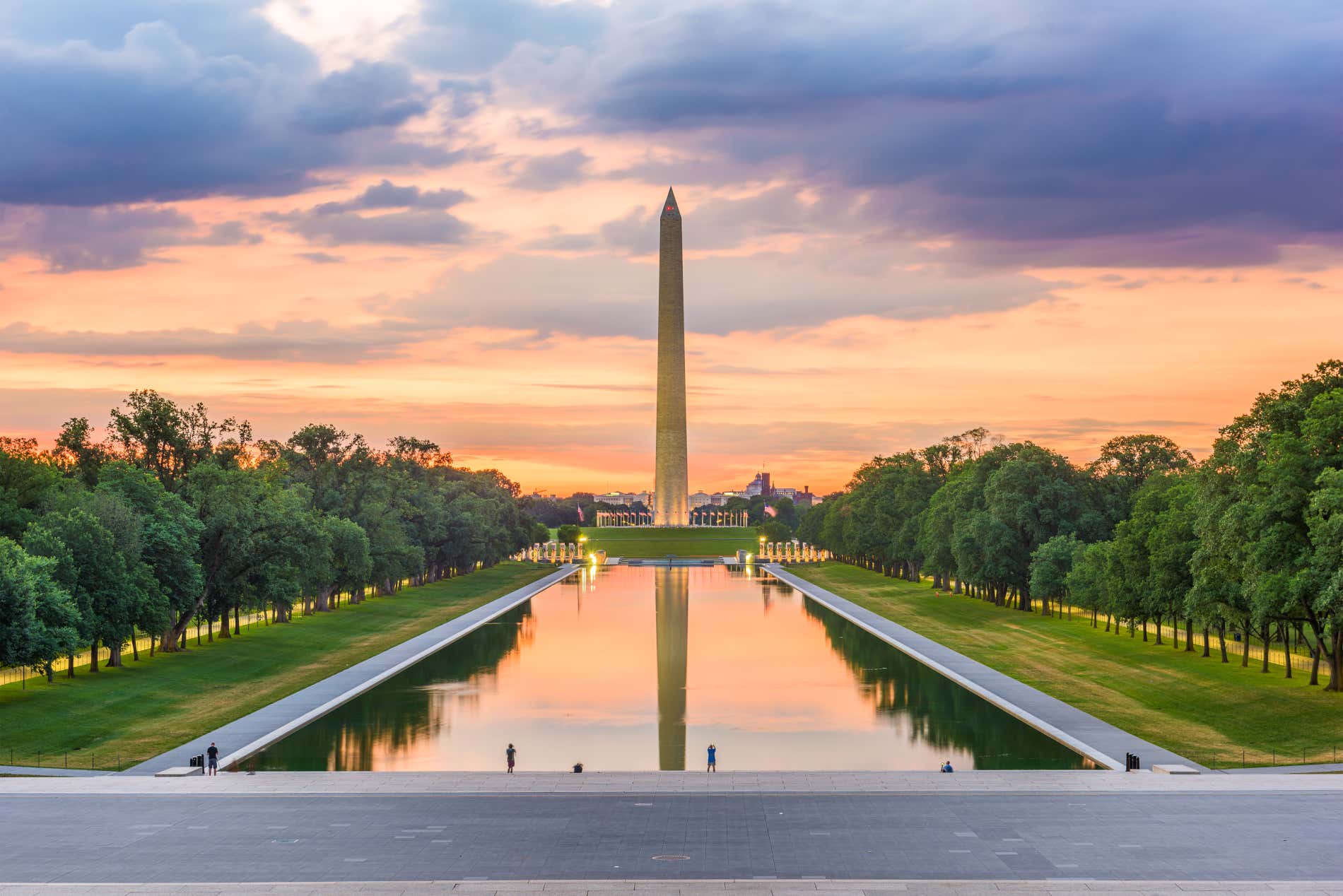Travelling the Silk Road
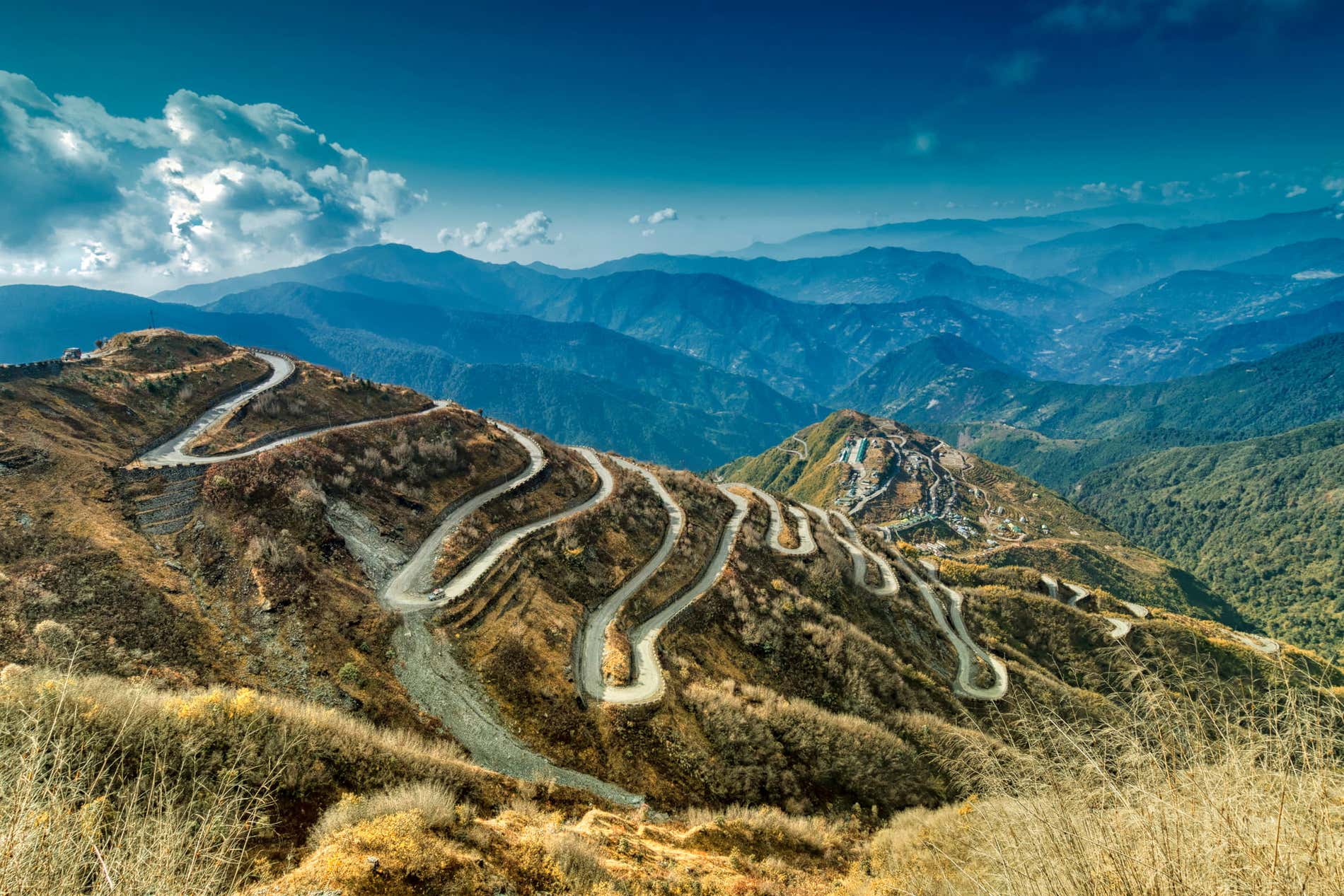
In the 1st century BC, the most distant continents, the most disparate places and competing cultures were united in a common desire: silk. Destinations as remote as China, Mongolia or Persia (today Iran) became the objective of European merchants, who travelled the thousands of kilometres of the Silk Road in search of the fabric of the gods.
At first, silk was reserved for the Chinese imperial family, the only ones who could wear it or give it away as a gift. Over time, the luxurious garments escaped the palace walls and spread throughout the country to other areas of Asia. Soon, the texture and sheen of this exotic fabric reached the ears of the most distant merchants, looking for opportunity.
A network of routes began to form, connecting Constantinople (Turkey) and Xián (China), crossing all of Central Asia. The Silk Road had just been born, and it would be the dominant force in international trade for the next fifteen centuries.
Today, taking a trip along the Silk Road is the best way to discover Central Asia and travel back in time to its heyday. So from Civitatis, a list of the most essential destinations on the Silk Road. Ready for a trip back in time?
Istanbul (Turkey)
Perched between East and West, ancient Constantinople was an essential stop for merchants from both sides of the world. This historic city, today renamed Istanbul, was also the gateway to the Silk Road.
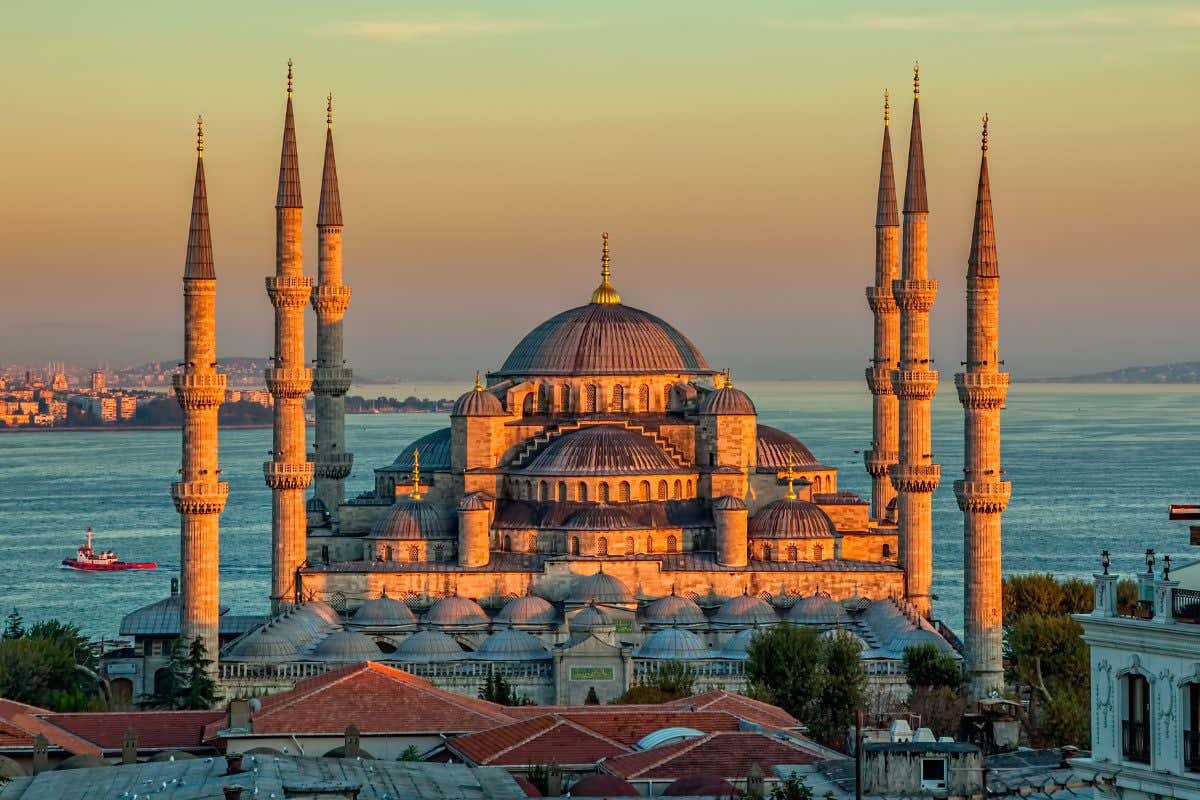
From Istanbul sprang the commercial routes that reached China, and the city was an epicentre of commerce, exchange and multiculturalism. If you want to feel the spirit of the city, it is best to take a tour of Topkapi Palace and the Grand Bazaar in Istanbul, which feel like a step back into its heyday. We also recommend booking this free tour of Istanbul to discover the charms of the old Constantinople.
Alexandria (Egypt)
The great African powers also had their slice of the Silk Road pie. Egypt quickly became the largest importer of silk in Africa, with Alexandria a transit city on routes to the East.
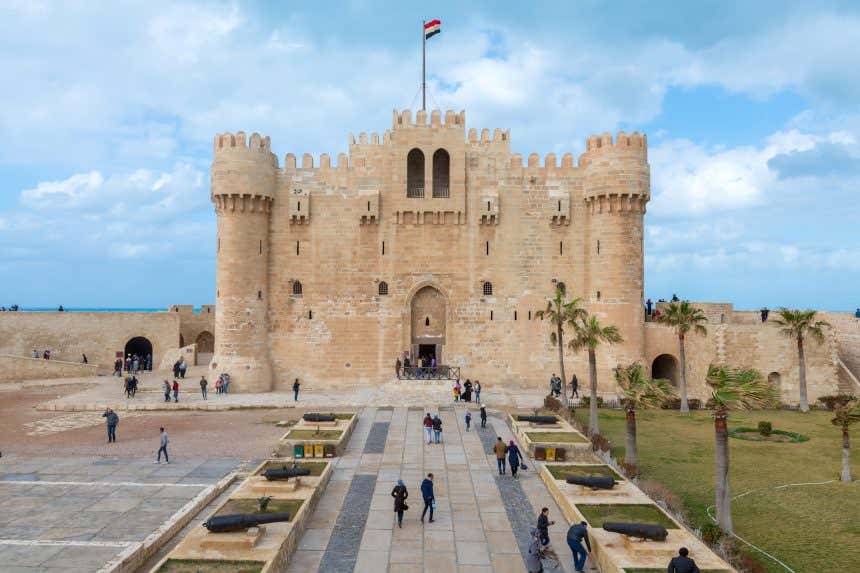
As well as being home to important historical remains and monuments of lasting value, Alexandria is a destination that combines the best of Greek, Roman and Egyptian cultures. Discover it with a guided tour of Alexandria, the African cradle of the Silk Road.
Teheran (Iran)
Undoubtedly another of the essential destinations when travelling the Silk Road is Iran. Some of its major cities, such as Bam, Tabriz, and of course its capital, Tehran, were key stops for silk merchants. This prestige of yesteryear is still reflected today in its palaces, topped with dreamlike domes and brightly coloured tiles.
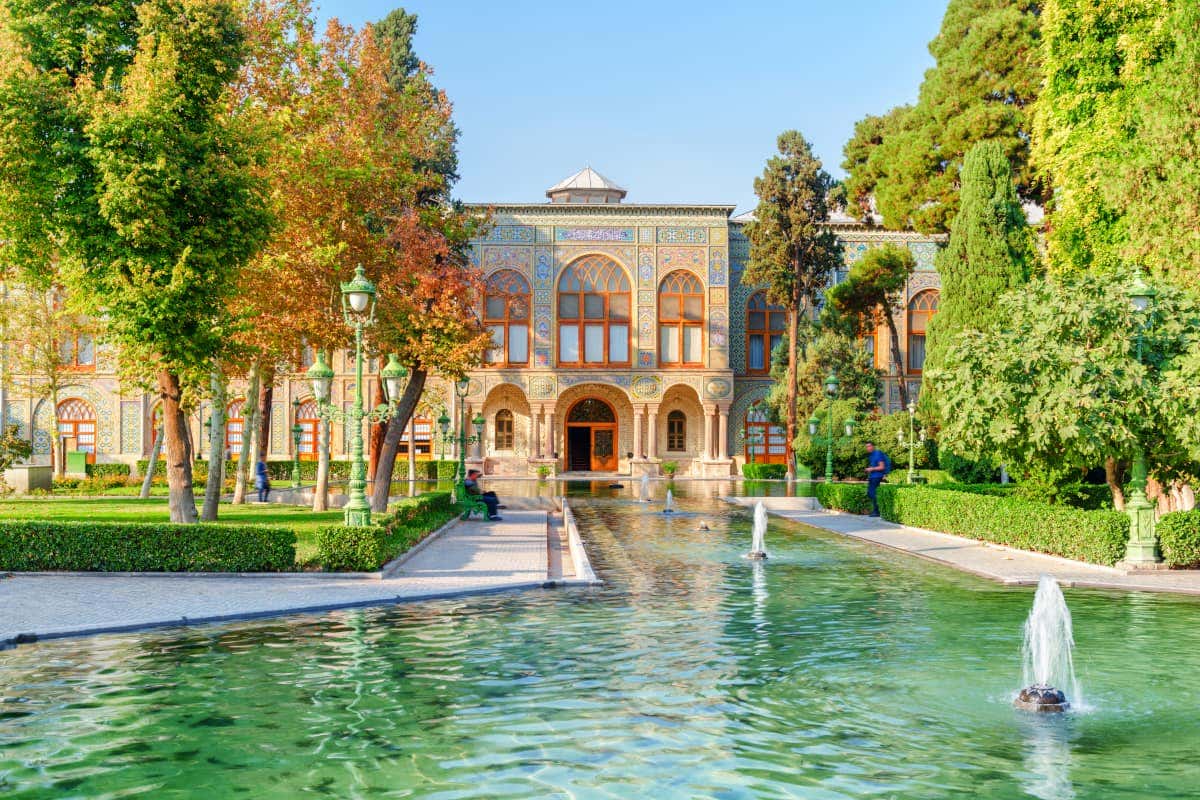
Marvel at the monumental heritage of the Iranian capital, we encourage you to take a private tour with an English–speaking guide.
Kazan (Russia)
Like so many other Russian cities, Kazan became better-known thanks to the 2018 World Cup as one of the most striking destinations in the host country, Russia. But as well as its large stadiums and colourful temples, Kazan has a long history as one of the cities through which the Silk Road passed, and a heritage to match.
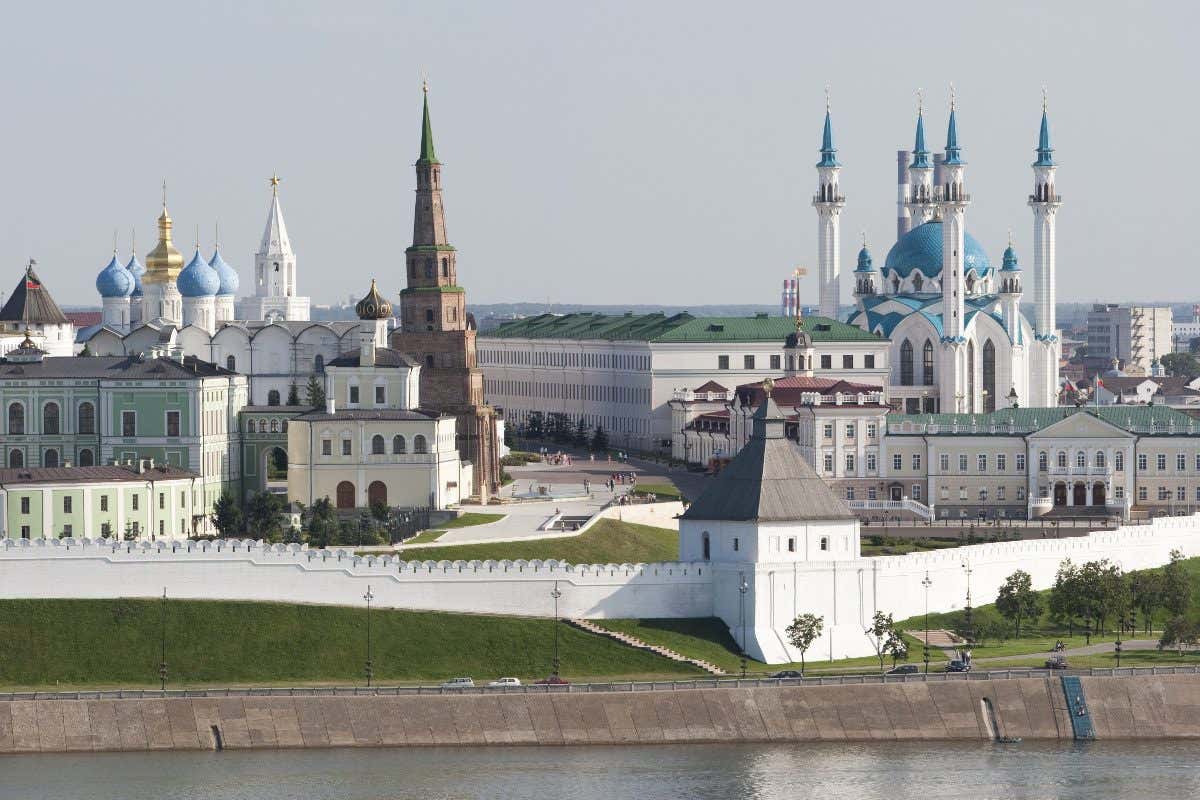
Although the Kazan Kremlin is the monument that dominates the city here at Civitatis we recommend that you immerse yourself in the origins of the city on a tour of ancient Kazan, and silk merchants in search of this most precious product!
Samarkand (Uzbekistan)
If there is a country where all the strands of the Silk Road converge, it is Uzbekistan. This great unknown destination brims with heritage and history around every corner. Trails packed with caravans from all over the world joined Samarkand. This thousand-year-old Uzbek city declared a World Heritage Site, was home to the first silk production outside of China.
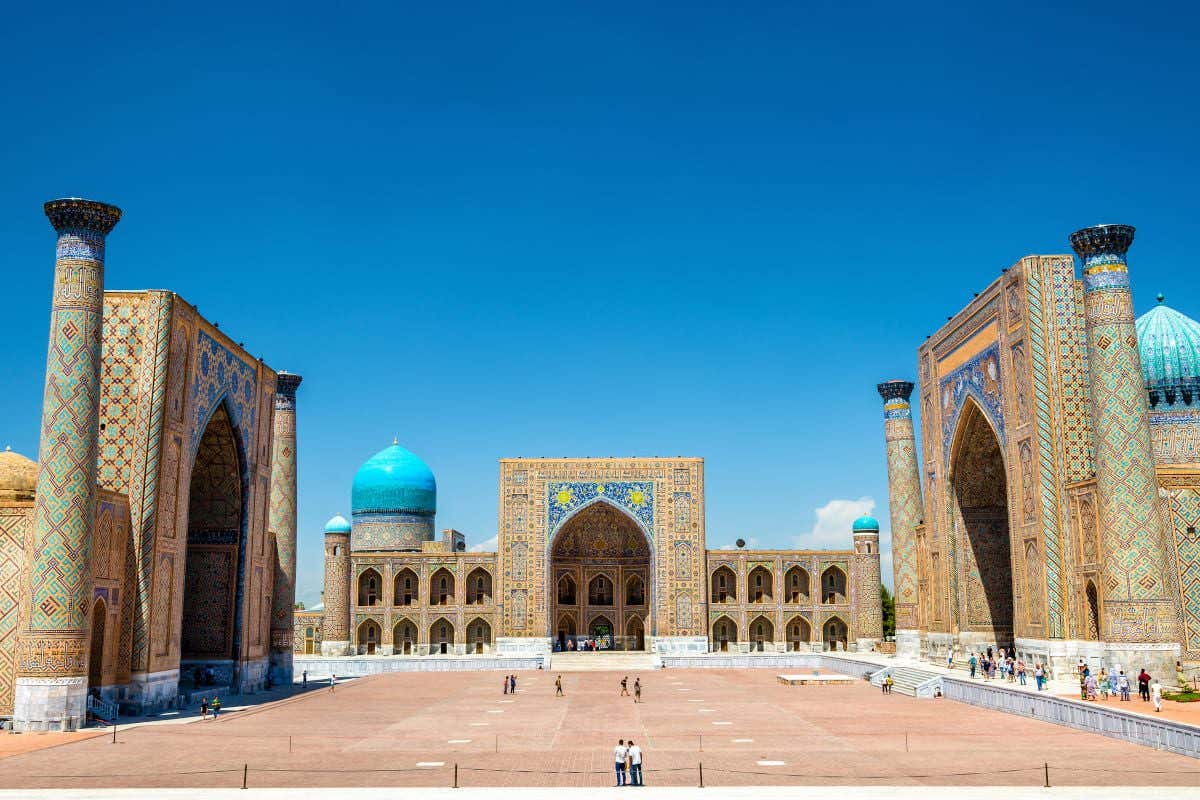
Strolling through Samarkand is truly like travelling back in time. Its majestic temples, its bustling streets and the warmth of its people evoke the time of commercial and cultural splendour that once embodied the city. We encourage you to check it out on a tour of Samarkand, an essential destination on a trip along the Silk Road.
Xian (China)
Xi’an, the Chinese city eternally protected by the terracotta warriors, was also the place that captured the heart of all of Asia and all of Europe for several centuries. The Silk Road ended in Xi’an, home to producers and a destination for merchants. Although the city itself has been destroyed on several occasions, it has managed to keep its imperial charm, and its most valuable monuments intact.
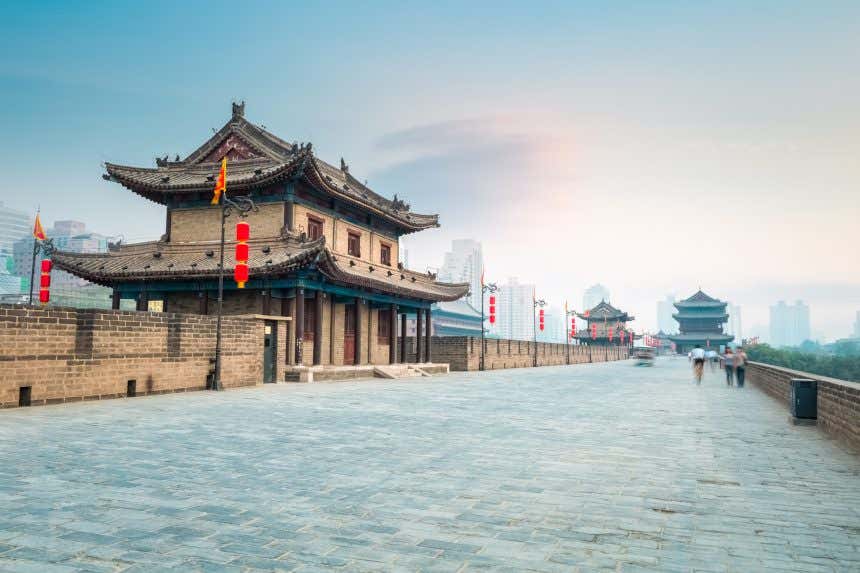
The historic centre of Xián is guarded by an ancient wall in perfect condition. The whole city is worth visiting! Also, what better climax to a good trip along the Silk Road than visiting Xián and the Terracotta Warriors?
Xián can also be the perfect starting point for a circuit travelling along the Silk Road, lasting 8 days. An unforgettable experience!







